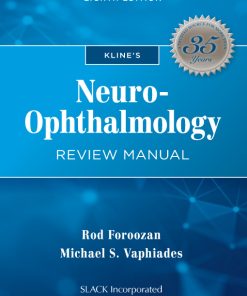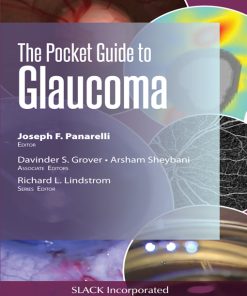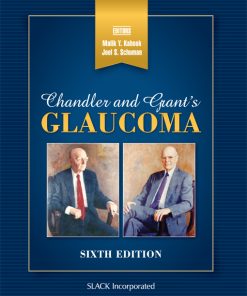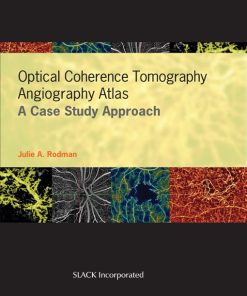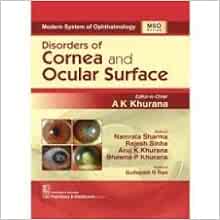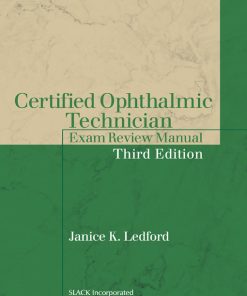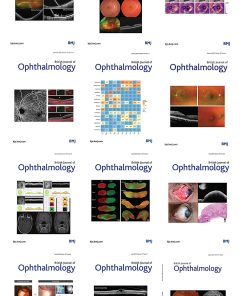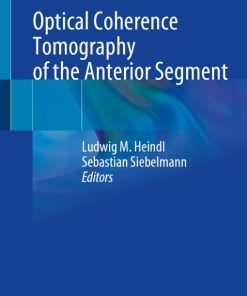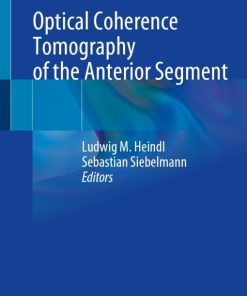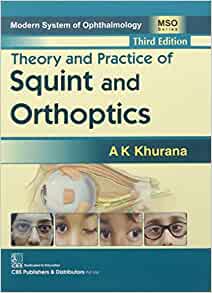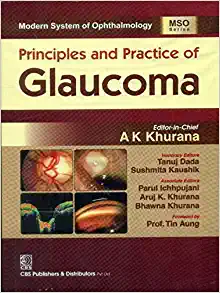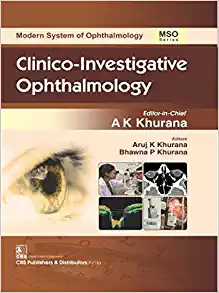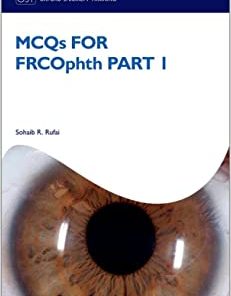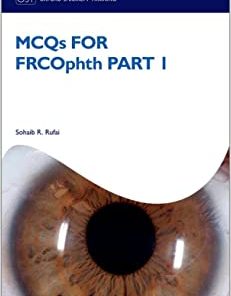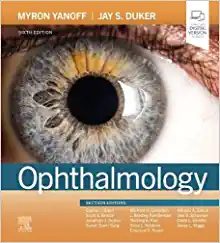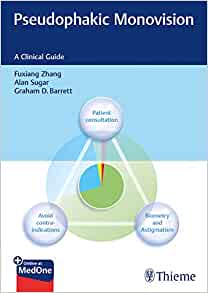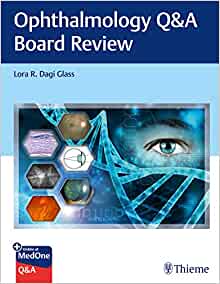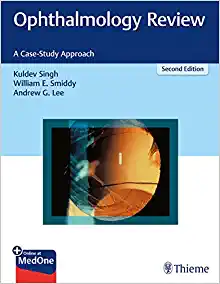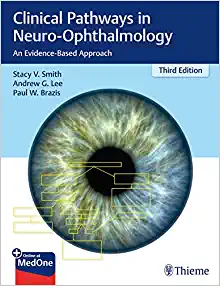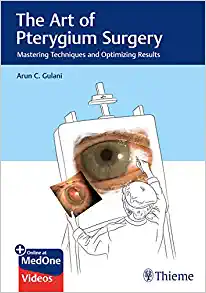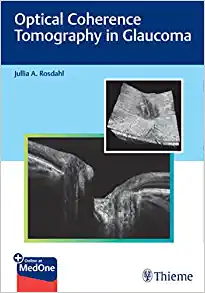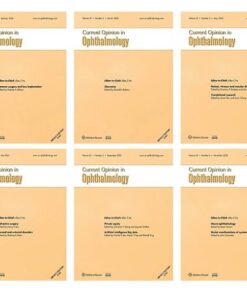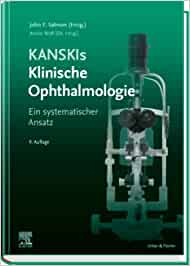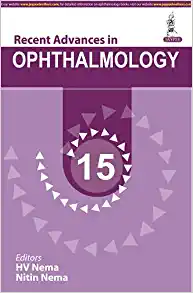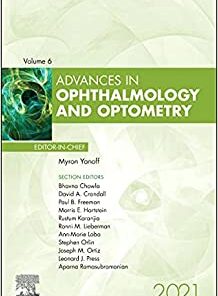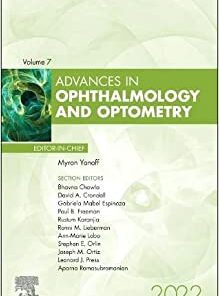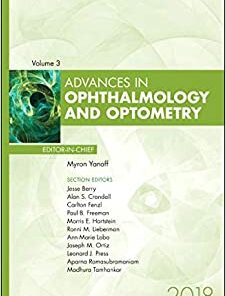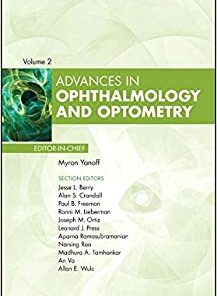Retinal Glia (PDF) 2015
$15
Retinal Glia (PDF) 2015
In 1851, Heinrich Mueller discovered what he called “”radial fibers”” and what we now call Mueller cells, as the principal glial cells of the vertebrate retina. Later on, other glial cell types were found in the retina, including astrocytes, microglia, and even oligodendrocytes. It turned out that retinal glial cells are essential constituents of the tissue. For instance, Mueller cells appear to constitute the “”core”” of columnar units of clonally and functionally related groups of neurons. Their primary function is to support neuronal functioning by guiding the light towards the photoreceptor cells, removing excess neurotransmitter molecules from extracellular space, and performing efficient clearance of excess extracellular potassium ions. The latter two functions are also crucial for neuronal survival and are coupled to water clearance which is also essential. Mueller cells are capable of “”sensing”” neuronal activity and modifying it by the release of signal substances (gliotransmitters). In cases of retinal injuries the Mueller cells become reactive, and all above-mentioned functions are impaired. However, such de-differentiated Mueller cells may proliferate, and may even serve as stem cells for the regeneration of a damaged retina. As well as the Mueller cells, retinal astrocytes and microglial cells are important players in retinal development and function. This book gives a comprehensive survey of the present knowledge on retinal glia.
Related Products
Ophthalmology & Optometry Books
Ophthalmology & Optometry Books
Atlas of Clinical and Surgical Orbital Anatomy, 3rd edition (ePub+Converted PDF)
Ophthalmology & Optometry Books
Ophthalmology & Optometry Books
Ophthalmology & Optometry Books
Optical Coherence Tomography Angiography of the Eye (Original PDF from Publisher)
Ophthalmology & Optometry Books
Everyday OCT: A Handbook for Clinicians and Technicians, 2nd Edition (EPUB)
Ophthalmology & Optometry Books
Ophthalmology & Optometry Books
Anti-VEGF Use in Ophthalmology (Original PDF from Publisher)
Ophthalmology & Optometry Books
Subjective Refraction and Prescribing Glasses, 3rd Edition (Original PDF from Publisher)
Ophthalmology & Optometry Books
Parsons’ Diseases of the Eye, 24th edition (Original PDF from Publisher)
Ophthalmology & Optometry Books
Ophthalmology & Optometry Books
Kline’s Neuro-Ophthalmology Review Manual, 8th Edition (EPUB)
Ophthalmology & Optometry Books
Simple: The Inner Game of Ophthalmic Practice Success, 2nd Edition (Original PDF from Publisher)
Ophthalmology & Optometry Books
Ophthalmology & Optometry Books
Ophthalmology & Optometry Books
Ophthalmology & Optometry Books
Optical Coherence Tomography of Ocular Diseases, 4th Edition (EPUB)
Ophthalmology & Optometry Books
Ophthalmology & Optometry Books
Curbside Consultation in Cornea and External Disease: 49 Clinical Questions, 2nd Edition (EPUB)
Ophthalmology & Optometry Books
Essential Business Fundamentals for the Successful Eye Care Practice (Original PDF from Publisher)
Ophthalmology & Optometry Books
Dry Eye Disease: A Practical Guide (Original PDF from Publisher)
Ophthalmology & Optometry Books
Ophthalmology & Optometry Books
Ophthalmology & Optometry Books
Ophthalmology & Optometry Books
Ophthalmology & Optometry Books
Optical Coherence Tomography Angiography Atlas (Original PDF from Publisher)
Ophthalmology & Optometry Books
Ophthalmology & Optometry Books
Ophthalmology & Optometry Books
Ophthalmology & Optometry Books
Ophthalmology & Optometry Books
Ophthalmology & Optometry Books
Ophthalmology & Optometry Books
Certified Ophthalmic Technician Exam Review Manual, 3rd Edition (EPUB)
Ophthalmology & Optometry Books
American Journal of Ophthalmology 2023 Full Archives (True PDF)
Ophthalmology & Optometry Books
British Journal of Ophthalmology 2023 Full Archives (True PDF)
Ophthalmology & Optometry Books
Simple: The Inner Game of Ophthalmic Practice Success, 2nd Edition (EPUB)
Ophthalmology & Optometry Books
Therapeutic Targets for Diabetic Retinopathy: A Translational Approach (Original PDF from Publisher)
Ophthalmology & Optometry Books
Ophthalmology & Optometry Books
EMQs in Ophthalmology, Dermatology and ENT (Original PDF from Publisher)
Ophthalmology & Optometry Books
Photo Acoustic and Optical Coherence Tomography Imaging, Volume 2 (Original PDF from Publisher)
Ophthalmology & Optometry Books
Retinal Detachment Surgery and Proliferative Vitreoretinopathy, 2nd Edition (EPUB)
Ophthalmology & Optometry Books
Ophthalmology & Optometry Books
Optical Coherence Tomography of the Anterior Segment (Original PDF from Publisher)
Ophthalmology & Optometry Books
Global Perspectives in Ocular Oncology (Original PDF from Publisher)
Ophthalmology & Optometry Books
Neuro-Ophthalmology: Case Based Practice (Original PDF from Publisher)
Ophthalmology & Optometry Books
Ophthalmology & Optometry Books
Ophthalmology & Optometry Books
Ophthalmology & Optometry Books
Ophthalmology & Optometry Books
Ophthalmology & Optometry Books
Ophthalmology & Optometry Books
Ophthalmology & Optometry Books
Ophthalmology & Optometry Books
Ophthalmology & Optometry Books
Ophthalmology & Optometry Books
Ophthalmology & Optometry Books
Ophthalmology & Optometry Books
Low Vision: Principles and Management (Original PDF from Publisher)
Ophthalmology & Optometry Books
Ophthalmology & Optometry Books
Atlas do Fundo de Olho, 2nd Edition (Original PDF from Publisher)
Ophthalmology & Optometry Books
Secrets: Oftalmologia em Cores – Perguntas e Respostas, 4th Edition (Original PDF from Publisher)
Ophthalmology & Optometry Books
Interdisciplinary Management of Orbital Diseases: Textbook and Atlas,1st edition (EPUB)
Ophthalmology & Optometry Books
HEAD AND NECK SURGERY & OTOLARYNGOLOGY
Manual of Eye, Ear, Nose, and Throat Emergencies (Original PDF from Publisher)
Ophthalmology & Optometry Books
Ophthalmology & Optometry Books
Ophthalmology & Optometry Books
Ophthalmology & Optometry Books
Ophthalmology & Optometry Books
Ophthalmology Review: A Case-Study Approach, 2nd Edition (EPUB)
Ophthalmology & Optometry Books
Ophthalmology & Optometry Books
Ophthalmology & Optometry Books
Clinical Pathways in Neuro-Ophthalmology: An Evidence-Based Approach (EPUB)
Ophthalmology & Optometry Books
Siga a Seta – Oculoplástica em Fluxogramas: Guia Prático de Oftalmologia da USP (EPUB)
Ophthalmology & Optometry Books
The Art of Pterygium Surgery: Mastering Techniques and Optimizing Results (EPUB)
Ophthalmology & Optometry Books
Strabismus Surgery: Innovative and Classic Approaches (EPUB)
Ophthalmology & Optometry Books
Pediatric Ophthalmology Surgery and Procedures: Tricks of the Trade (EPUB)
Ophthalmology & Optometry Books
Ophthalmology & Optometry Books
The Art of Refractive Cataract Surgery: For Residents, Fellows, and Beginners (EPUB)
Ophthalmology & Optometry Books
Pre-Descemet’s Endothelial Keratoplasty (PDEK) (Original PDF from Publisher+Videos)
Ophthalmology & Optometry Books
Current Opinion in Ophthalmology 2022 Full Archives (True PDF)
Ophthalmology & Optometry Books
Kanskis Klinische Ophthalmologie: Ein systematischer Ansatz, 9th Edition (EPUB3)
Ophthalmology & Optometry Books
Recent Advances in Opthalmology 15 (Original PDF from Publisher)
Ophthalmology & Optometry Books
Pediatric Ophthalmology (Current Practices in Ophthalmology) (Original PDF from Publisher)
Ophthalmology & Optometry Books
Pediatric Ophthalmology (Current Practices in Ophthalmology) (EPUB)
Ophthalmology & Optometry Books
Advances in Ophthalmology and Optometry 2021 (Original PDF from Publisher)
Ophthalmology & Optometry Books
Advances in Ophthalmology and Optometry 2022 (Original PDF from Publisher)
Ophthalmology & Optometry Books
Advances in Ophthalmology and Optometry 2018 (Original PDF from Publisher)
Ophthalmology & Optometry Books
Advances in Ophthalmology and Optometry 2017 (Original PDF from Publisher)
Ophthalmology & Optometry Books
Dynamic Light Scattering Spectroscopy of the Human Eye (Original PDF from Publisher)
Ophthalmology & Optometry Books
Dynamic Light Scattering Spectroscopy of the Human Eye (EPUB)
Ophthalmology & Optometry Books
Ophthalmology & Optometry Books
Ophthalmology & Optometry Books
Gems of Ophthalmology—Cataract Surgery (Original PDF from Publisher)
Ophthalmology & Optometry Books
Introduction to Visual Optics: A Light Approach (Original PDF from Publisher)
Ophthalmology & Optometry Books
Ophthalmology & Optometry Books
Atlas of Oculoplastic and Orbital Surgery, 2nd edition (Original PDF from Publisher)
Ophthalmology & Optometry Books
Common Eye Diseases and their Management, 5th Edition (Original PDF from Publisher)
Ophthalmology & Optometry Books
Common Eye Diseases and their Management, 5th Edition (EPUB)
Ophthalmology & Optometry Books
Clinical Pediatric Ophthalmology and Strabismus (Original PDF from Publisher)















